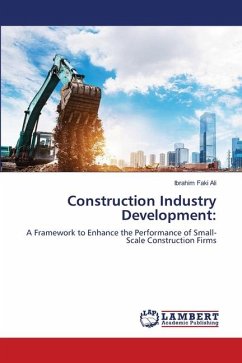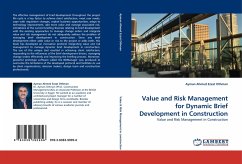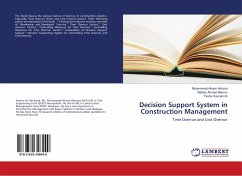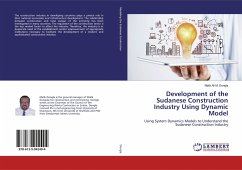Residential building, and built infrastructure in general, determine primary demand of major materials and at the end-of-life they determine also the secondary materials supply. As the life time of buildings is long, the dynamics in their demand and replacement are key factors in long term demand and supply of the materials concerned. A study of the dynamics in residential building in China shows unexpected results. The boom in steel demand and the shortage in scrap for steel production of the last decade will not last long. Under reasonable assumptions regarding economic growth and life time of buildings, there will be a sharp decrease in steel demand for new construction in the next decades and a steady increase in scrap from demolition. The share of Chinese residential building in global steel demand has been substantial, up to 7% in 2008. This part in global demand will go down substantially, within a decade. For other construction, similar dynamics will hold, also inducing swings in global steel demand. The method developed in this PhD thesis can be applied broader, also to other materials. It is most useful for products and installation with a longer life time.
Bitte wählen Sie Ihr Anliegen aus.
Rechnungen
Retourenschein anfordern
Bestellstatus
Storno








